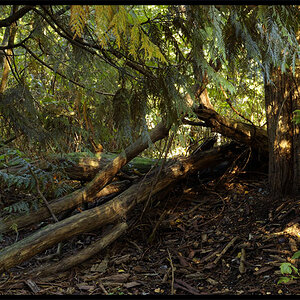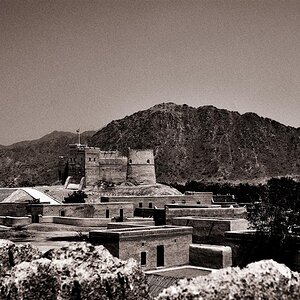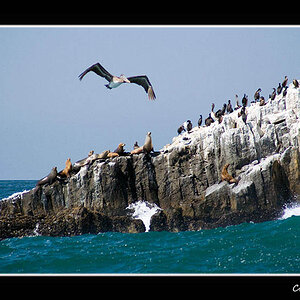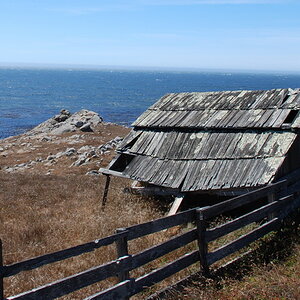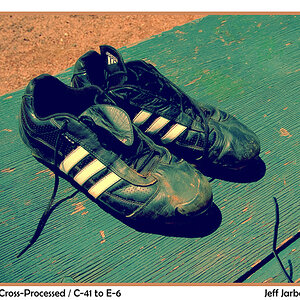In another thread, I read a post that said one of the key things to look for when taking good pictures of moving objects is a low f/x.x
I am just wondering what this stands for? And, I thought when you dish out the extra money and buy a better/stronger lens, it would have a lower f/x.x, but from checking some zoom lens, this seems not to be the case.
For instance, the Nikon D5000 I am looking at says 18-55 mm f/3.5-5.6 VG, and then another lens for it says 55-200 mm f/4-5.6 VG.
I remember reading the post about this and the poster saying that the key is to buy a camera with an f/x.x like in the 2 or 1 range.
Any thoughts on this?
Thanks.
I am just wondering what this stands for? And, I thought when you dish out the extra money and buy a better/stronger lens, it would have a lower f/x.x, but from checking some zoom lens, this seems not to be the case.
For instance, the Nikon D5000 I am looking at says 18-55 mm f/3.5-5.6 VG, and then another lens for it says 55-200 mm f/4-5.6 VG.
I remember reading the post about this and the poster saying that the key is to buy a camera with an f/x.x like in the 2 or 1 range.
Any thoughts on this?
Thanks.



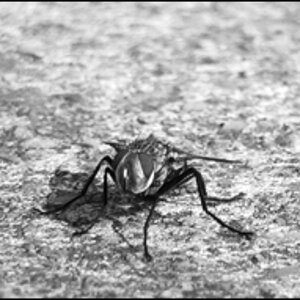
![[No title]](/data/xfmg/thumbnail/33/33339-c5b461af62b32f6b6529f1b334d818ba.jpg?1619735909)
